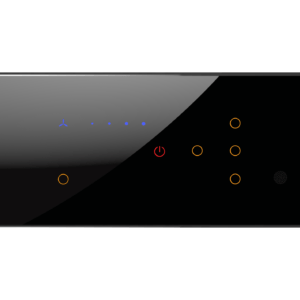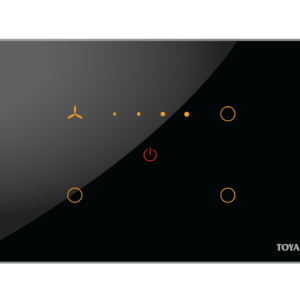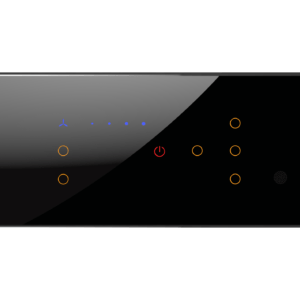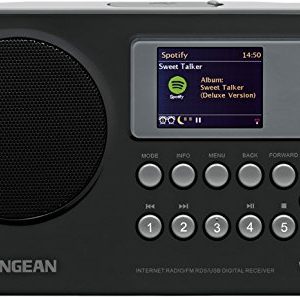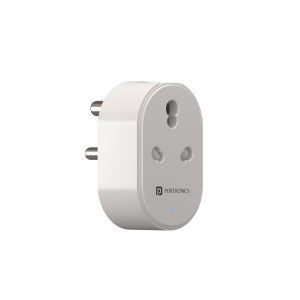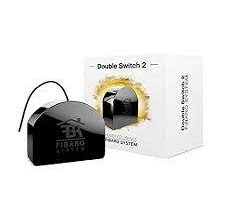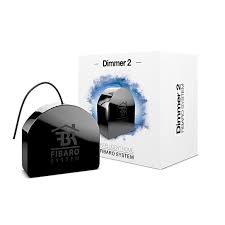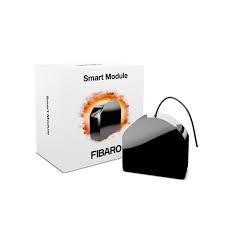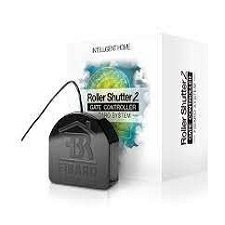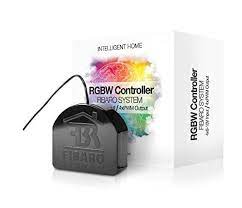No products in the cart.
Z-WAVE VS ZIGBEE: WHICH IS MORE RELIABLE? Choosing Between Two Big Smarthome Standards 1
Both ZigBee and Z-Wave are two of the most renowned standards for 802.15 networks. They also feature intelligent mesh networking, so that you can add more devices for a better control. Similar to Z-Wave, ZigBee is a wireless technology that is gaining acceptance gradually amongst home automation fans. Although both short-range wireless technologies are meant for remote control and monitoring, they differ in terms of specifications and applications.
Hardware and Software
ZigBee chipsets are produced by several silicon vendors, while Z-Wave ones come only from one manufacturer, Sigma Designs. In case of software, the gap is even more. ZigBee software has maximum vendors, as big silicon manufactures produce their own software for customers.
Technically, ZigBee works on 802.15.4 radio standard for communication between master/slave nodes on mesh and star setups. It also overlap with Wi-Fi and Bluetooth to trigger interference in presence of several wireless connections.
On the other hand, Z-Wave as a novel G.9959 standard works with 908.42 MHz in the United States. It boasts a small range at Bluetooth levels. Further, Z-Wave implements the Sub-1GHz approach for a superior range than the ZigBee’s 2.4GHz approach. Because Sub-1GHz automation needs separate SKUs as per the region, there is no universal solution as in case of ZigBee. While Z-Wave relies on frequency-shift keying (FSK) modulation, ZigBee uses direct sequence spread spectrum (DSSS) for a more robust modulation.
Network Nodes
Further, ZigBee devices have more memory options, up to 32KB RAM and 512KB of Flash from a few silicon providers, which allow them to tackle more nodes. In case of Z-Wave, it is 2KB and 32KB, respectively. Therefore, the number of nodes supported with a Z-Wave product is 232 theoretically and 10 practically. However, the same figures in case of a single ZigBee network goes up to 65,000 and 50, respectively.
Interoperability
Well, this is where Z-Wave wins the battle! A majority of ZigBee chipset providers are royalty free and are open for changes and evaluation. This means that you may have two ZigBee devices on a mesh network but they may be unable to communicate because of their different languages.
However, Z-Wave is not open; it is licensed with Sigma Designs and can operate on their silicon receivers only. Further, it has some standard modules to be built into any products of other manufacturers, thus, making Z-Wave least flexible in terms of making products. Well, this is a boon for the customers because the same protocol applicable to every device makes Z-Wave devices interoperable. This means that any type of device can talk with any other device using the precise Z-Wave frequencies. From the user’s point of view, Z-Wave is more flexible than ZigBee.
Applications
In short, Zigbee is not recommended for new automation customers, unless they use devices of the same manufacturer only.


